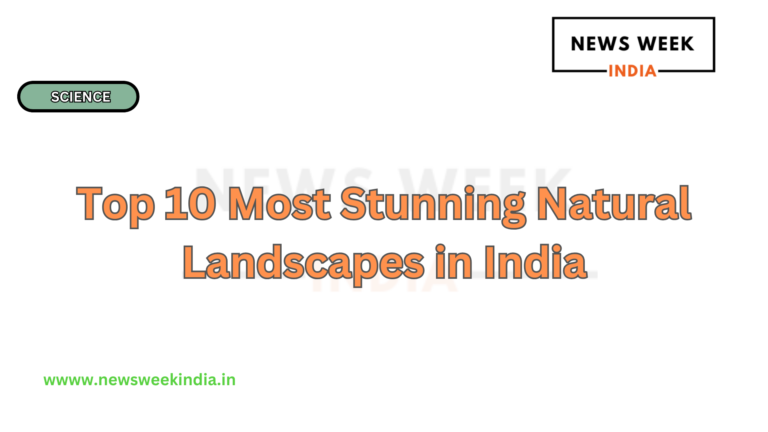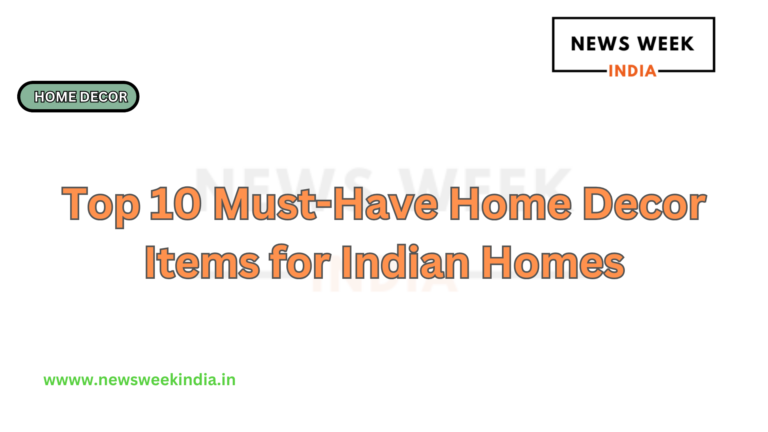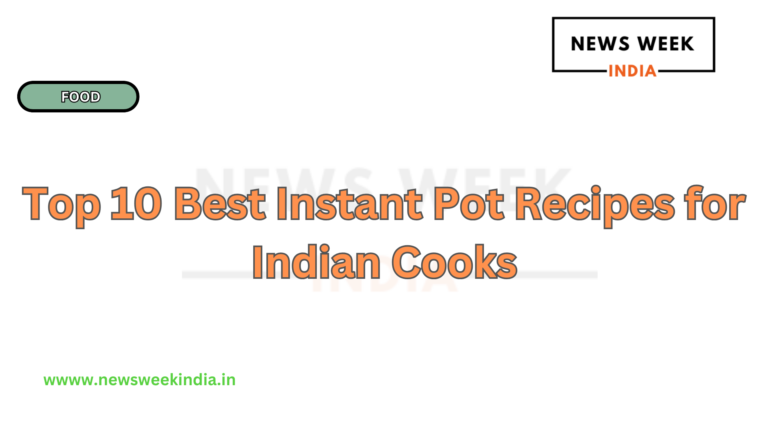Top 10 Most Popular Indian Cultural Festivals
India’s rich tapestry of cultural heritage is vividly showcased through its numerous festivals, each offering a unique glimpse into the country’s diverse traditions and practices. From grand celebrations to intimate local customs, these festivals reflect the spirit and vibrancy of Indian culture. Here’s a look at the top 10 most popular Indian cultural festivals that capture the essence of the nation’s cultural diversity.
Top 10 Most Popular Indian Cultural Festivals
1. Diwali (Deepavali)
Overview: Known as the Festival of Lights, Diwali is one of the most widely celebrated festivals in India. Held annually between October and November, it marks the victory of light over darkness and good over evil. Celebrations include lighting oil lamps (diyas), decorating homes with colorful rangoli, exchanging gifts, and enjoying festive sweets and fireworks.
2. Holi
Overview: Holi, the Festival of Colors, is celebrated with exuberance across India. Typically occurring in March, Holi involves the throwing of colored powders and water, dancing, singing, and feasting. The festival signifies the arrival of spring and the victory of good over evil, with festivities promoting unity and joy.
3. Navaratri
Overview: Navaratri is a nine-night festival dedicated to the worship of the Hindu goddess Durga. Celebrated in September or October, it involves fasting, dance (Garba and Dandiya), and religious rituals. The festival culminates in Dussehra, celebrating the victory of Lord Rama over the demon king Ravana.
4. Eid al-Fitr
Overview: Eid al-Fitr marks the end of Ramadan, the Islamic holy month of fasting. Celebrated by Muslims across India, it involves communal prayers, feasting, and giving charity. The festival is characterized by its joyful gatherings, elaborate meals, and sharing of sweets like seviyan (vermicelli pudding).
5. Durga Puja
Overview: Durga Puja, primarily celebrated in West Bengal and other parts of India, honors the goddess Durga. The festival, occurring in September or October, features elaborate idol processions, vibrant decorations, traditional dance, music, and cultural performances. It’s a grand celebration of art, devotion, and community spirit.
6. Ganesh Chaturthi
Overview: Ganesh Chaturthi celebrates the birth of Lord Ganesha, the elephant-headed deity. Held in August or September, it involves the installation of Ganesha idols in homes and public places, followed by prayers, music, dance, and the immersion of the idols in water at the end of the festival. It’s a time of vibrant festivities and communal bonding.
7. Pongal
Overview: Pongal is a harvest festival celebrated predominantly in Tamil Nadu. Taking place in January, it involves cooking a special dish called Pongal, made from newly harvested rice, and offering it to the Sun God. The festival includes traditional rituals, dance, music, and games, reflecting gratitude and agricultural abundance.
8. Onam
Overview: Onam is the harvest festival of Kerala, celebrated in August or September. It honors the legendary King Mahabali and includes elaborate feasts (Onasadya), intricate flower decorations (Pookalam), traditional boat races (Vallamkali), and cultural performances like Kathakali and Thiruvathira.
9. Baisakhi
Overview: Baisakhi, celebrated in April, marks the Sikh New Year and the harvest festival in Punjab. It is also significant for its association with the formation of the Khalsa in 1699. The festival includes traditional dance forms like Bhangra and Gidda, religious processions, and feasts.
10. Janmashtami
Overview: Janmashtami commemorates the birth of Lord Krishna, an avatar of Vishnu. Celebrated in August, it involves fasting, devotional singing, reenactments of Krishna’s life, and midnight celebrations marking his birth. The festival is vibrant with spiritual fervor and community participation.
Insights and Analysis
These top 10 cultural festivals represent the rich diversity and deep-rooted traditions of Indian society. Each festival not only highlights unique cultural practices but also fosters a sense of community and unity among people. The variety of celebrations—from religious rituals and harvest festivals to joyous communal gatherings—reflects the multifaceted nature of Indian culture.
Also read: Why Digital Assistance Matters for SMEs: Demetrius Discusses in Exclusive Interview
Last Updated on: Friday, September 27, 2024 1:23 pm by Admin | Published by: News Week India Team on Friday, September 13, 2024 2:14 pm | News Categories: Entertainment







